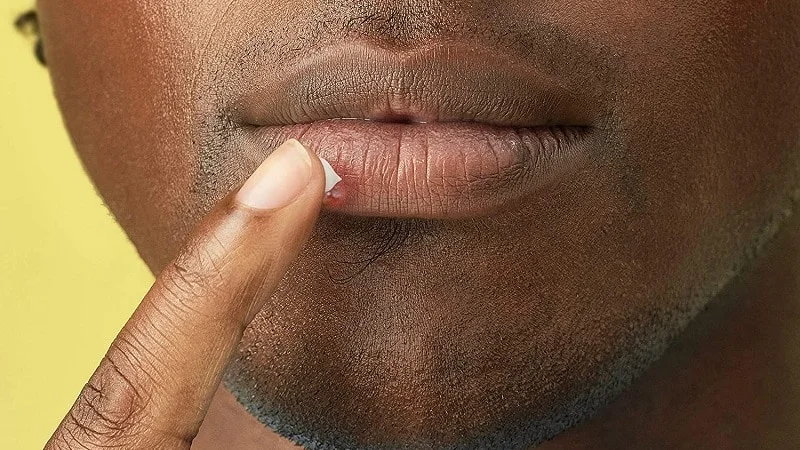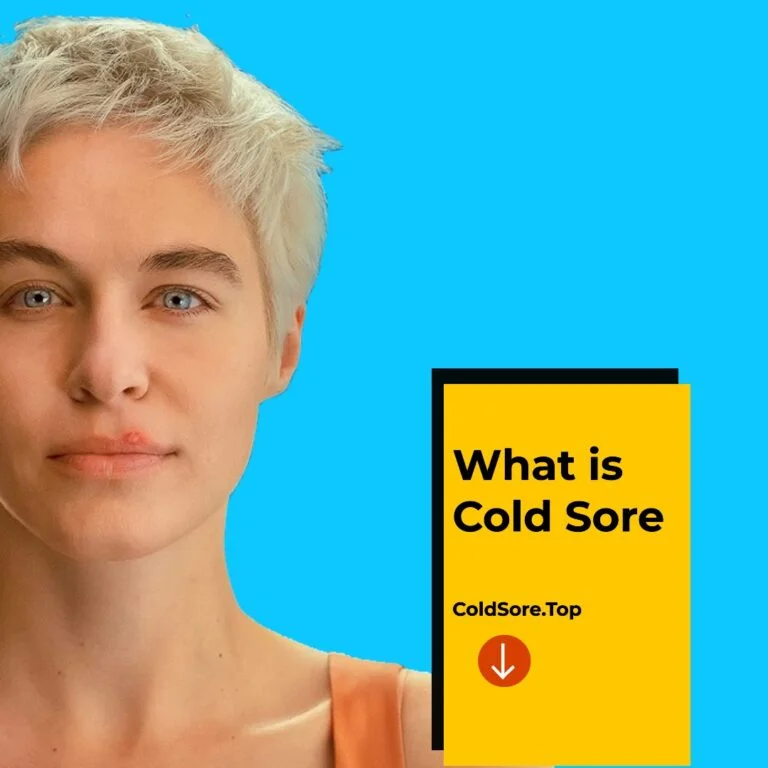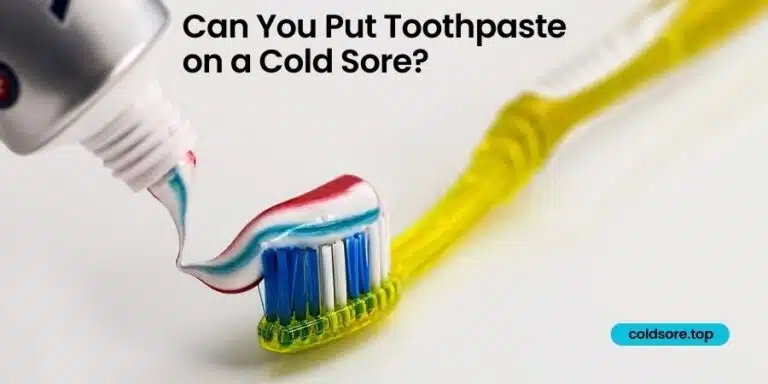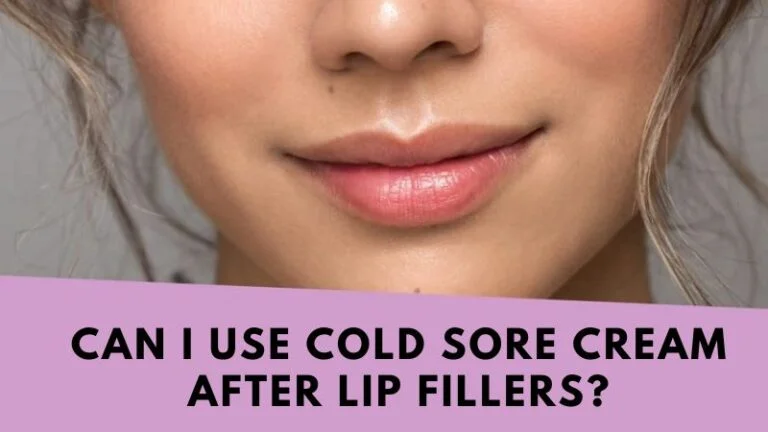Why is cold sore medicine so expensive?
Cold sore medicine is expensive because of the various factors that make it a quite bit expensive than others. Such medicines require FDA approval for quick healing because cold sores are caused by a virus infection, if they are not properly medicated on time the situation may get worse.
Let’s talk about the escalating expenses associated with cold sore medicine, explores potential reasons behind the price surge, and highlights the impact on those affected. Furthermore, we delve into possible solutions to address this issue, providing insights for both consumers and policymakers.
Why is cold sore medicine so expensive? 10 Reasons
Here are the some key factors contributing to increase the price of cold sore medicines, they are stated as under.
1. Use of Docosanol:
Coldsore creams use one type of drug that fights against the HSV very quickly, this drug also needs some approvals from the medical and Govt. authorities that makes it expensive. Cold sores are highly contagious and can be easily transmitted through direct contact, making effective treatment crucial so such reasons makes it highly demanded drug in medical industry.
2. Herpes simplex virus Type-1(HSV-1):
Cold sore appear on the face mostly due to the fever, hormonal change, cold weather, stress and fatigue, if they are caused by Herpes simplex Virus Type-1 (HSV-1) then it can be viral, it can spread from one person to another because of the nature of this virus therefore it needed to be treated on time, this treatment procedure increases the demand and ultimately that comes to add more price making it expensive.
3. Seeking Affordable Alternatives:
Amidst the escalating prices, consumers are actively exploring alternative options to combat cold sores without breaking the bank. Natural remedies, such as over-the-counter creams containing antiviral ingredients, are gaining popularity due to their comparatively lower cost. However, it is important to consult a healthcare professional before opting for any alternative treatment to ensure its safety and efficacy.
4. Addressing the Issue:
Potential Solutions To alleviate the financial strain on consumers, policymakers, pharmaceutical companies, and healthcare professionals must collaborate to find viable solutions.
Increasing public awareness about the issue and advocating for transparency in pricing can pave the way for more accessible cold sore medication. Additionally, exploring avenues for generic alternatives and encouraging competition within the market can help drive down prices.
5. Recommended by Dermatologists:
Dermatologists, esteemed medical professionals specializing in skin conditions, often endorse specific cold sore medicines based on their expertise and knowledge.
Their recommendations carry substantial weight, influencing consumers’ trust in the effectiveness of these medications. Such professional endorsements increase the demand and value of the products, ultimately impacting their pricing.
6. FDA Approval and Regulatory Compliance:
To ensure the safety, efficacy, and quality of pharmaceutical products, including cold sore medicine, regulatory bodies like the U.S. Food and Drug Administration (FDA) require rigorous approval processes.
Manufacturers must navigate extensive clinical trials, stringent manufacturing standards, and thorough documentation of potential side effects. These compliance requirements translate into increased costs, which are passed on to consumers.
7. Research and Development Investments:
Developing a successful cold sore medicine entails significant investments in research and development (R&D). Pharmaceutical companies allocate substantial resources to study the virus, explore innovative formulations, and develop effective treatments.
The costs associated with R&D, including laboratory tests, clinical trials, and scientific research, are factored into the final pricing of the medication.
8. Manufacturing Expenses:
The production of cold sore medicine involves complex manufacturing processes that require adherence to strict quality control measures.
Manufacturers must maintain sterile environments, procure high-quality ingredients, and invest in sophisticated equipment to ensure the integrity of the product. These manufacturing expenses contribute to the overall cost of the medication.
9. Marketing and Advertising Efforts:
Pharmaceutical companies undertake extensive marketing and advertising campaigns to raise awareness about their cold sore medications.
Promotional activities, such as television commercials, online advertisements, print media, and medical conferences, aim to reach both healthcare professionals and consumers. The substantial investment in marketing and advertising strategies adds to the overall cost of the medicine.
10. Patents and Intellectual Property Protection:
Securing patents and protecting intellectual property rights is vital for pharmaceutical companies. These legal safeguards ensure exclusivity and grant manufacturers the ability to recoup their R&D investments.
The costs associated with patent applications, legal fees, and intellectual property protection contribute to the pricing of cold sore medicine.
FAQs:
Why are cold sore medications more expensive compared to other over-the-counter treatments?
Cold sore medications are often priced higher due to the need for FDA approvals, extensive research and development, and compliance with regulatory standards.
Can I opt for natural remedies instead of expensive cold sore medications?
Natural remedies, such as over-the-counter creams with antiviral ingredients, have gained popularity as more affordable alternatives. However, it is essential to consult a healthcare professional before choosing any alternative treatment.
What role do dermatologists play in influencing the pricing and demand for cold sore medications?
Dermatologists, specializing in skin conditions, often endorse specific cold sore medicines based on their expertise. Their recommendations hold weight and impact consumers’ trust, which can influence pricing and demand.
How do pharmaceutical companies recover their investments in research and development?
Pharmaceutical companies invest significant resources in R&D, including laboratory tests, clinical trials, and scientific research, to develop effective cold sore medications. The costs incurred during this process are factored into the final pricing of the medicine.
Are there any efforts being made to address the affordability of cold sore medications?
Collaboration between policymakers, healthcare professionals, and pharmaceutical companies is crucial in finding solutions. Increasing public awareness, exploring generic alternatives, and advocating for transparency in pricing are among the initiatives aimed at addressing affordability concerns.
Conclusion:
The skyrocketing costs of cold sore medication have created significant hurdles for individuals seeking relief from this common viral infection. As prices continue to rise, consumers are left grappling with limited options, impacting their overall well-being.
Addressing this issue requires a multi-faceted approach involving collaboration between policymakers, healthcare professionals, and pharmaceutical companies. By working together to promote affordability and access, we can ensure that individuals affected by cold sores can obtain the necessary treatment without enduring financial strain.







